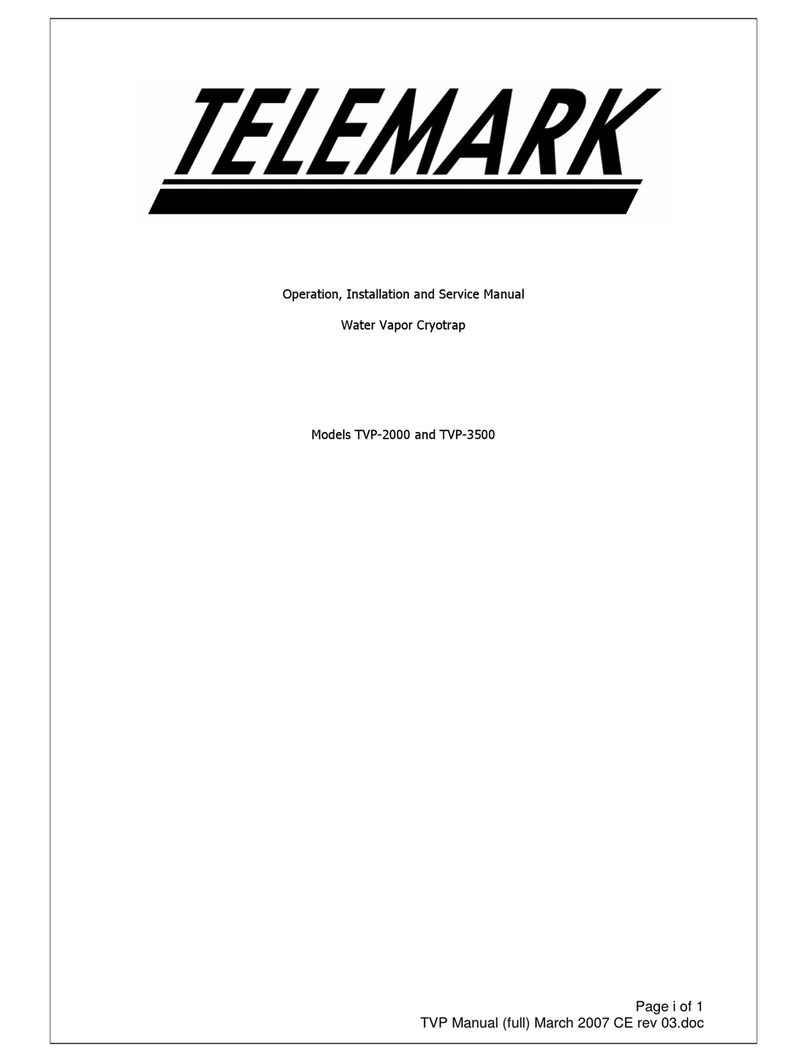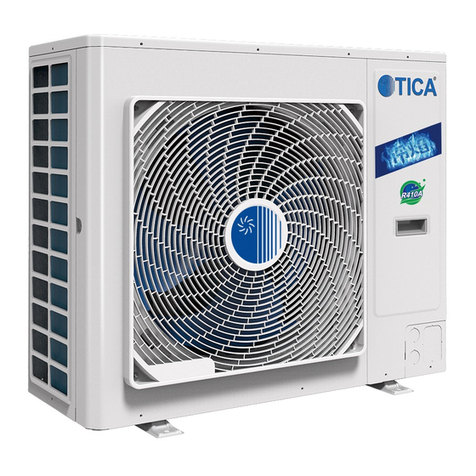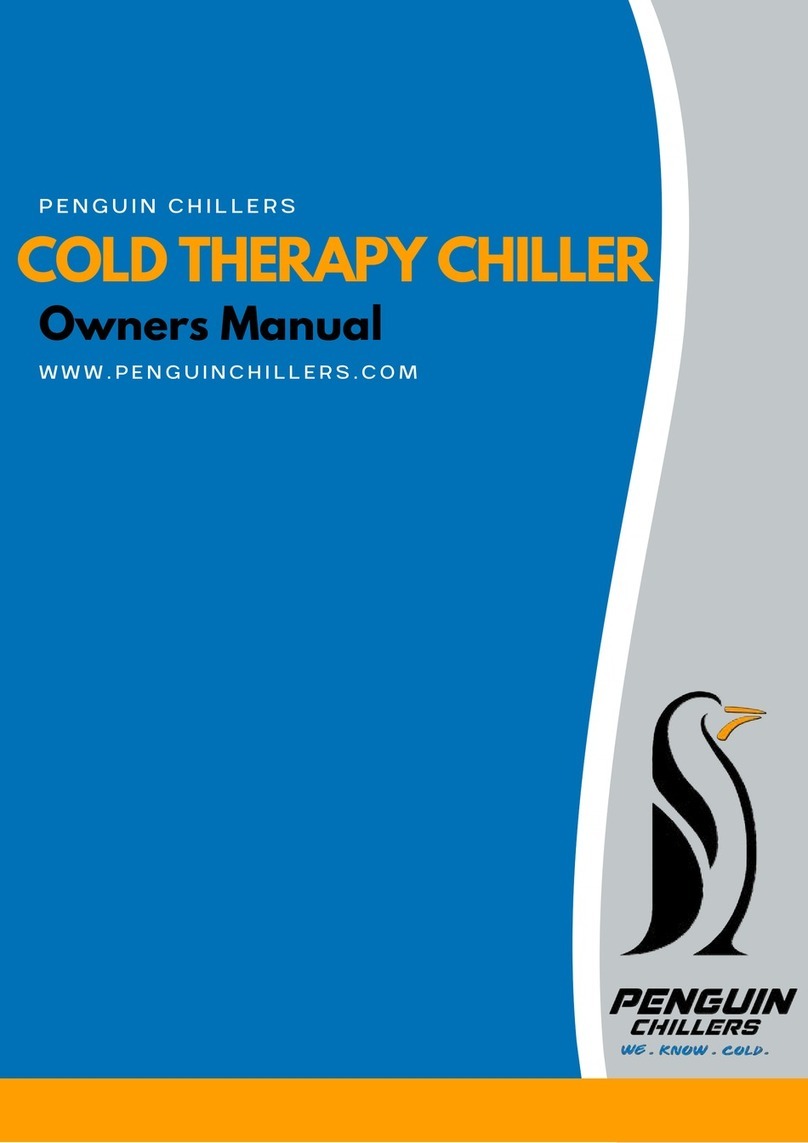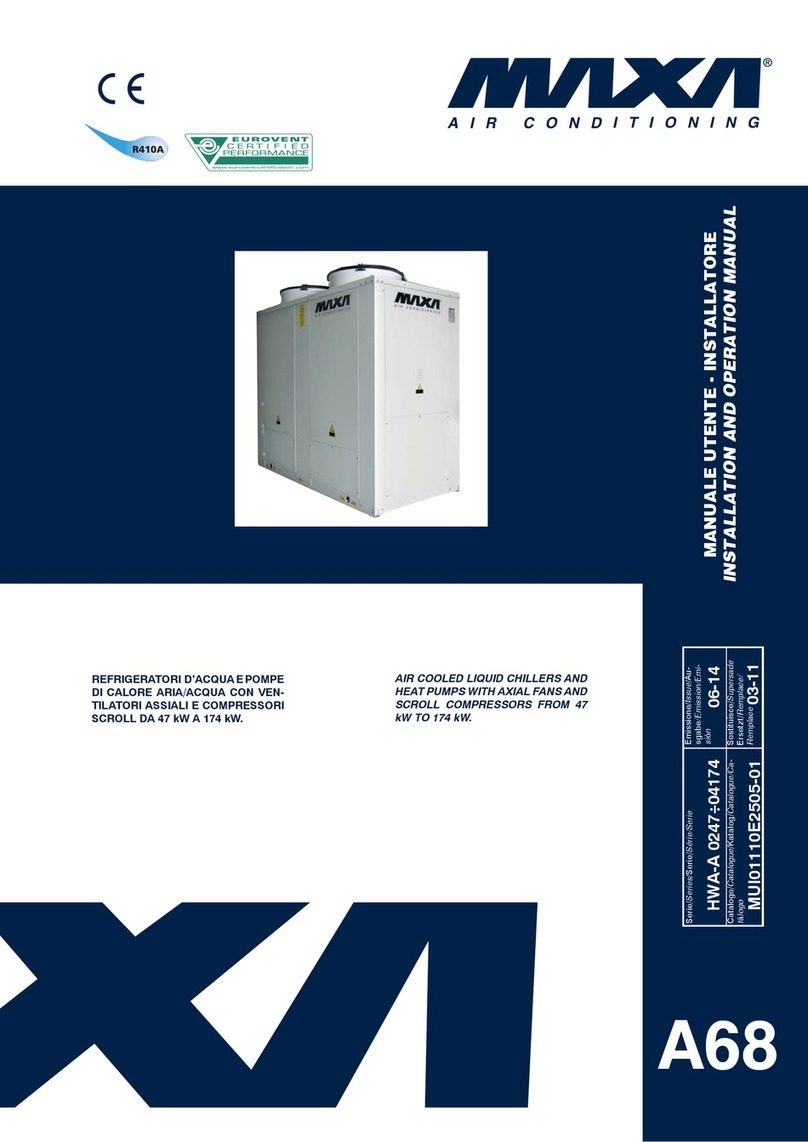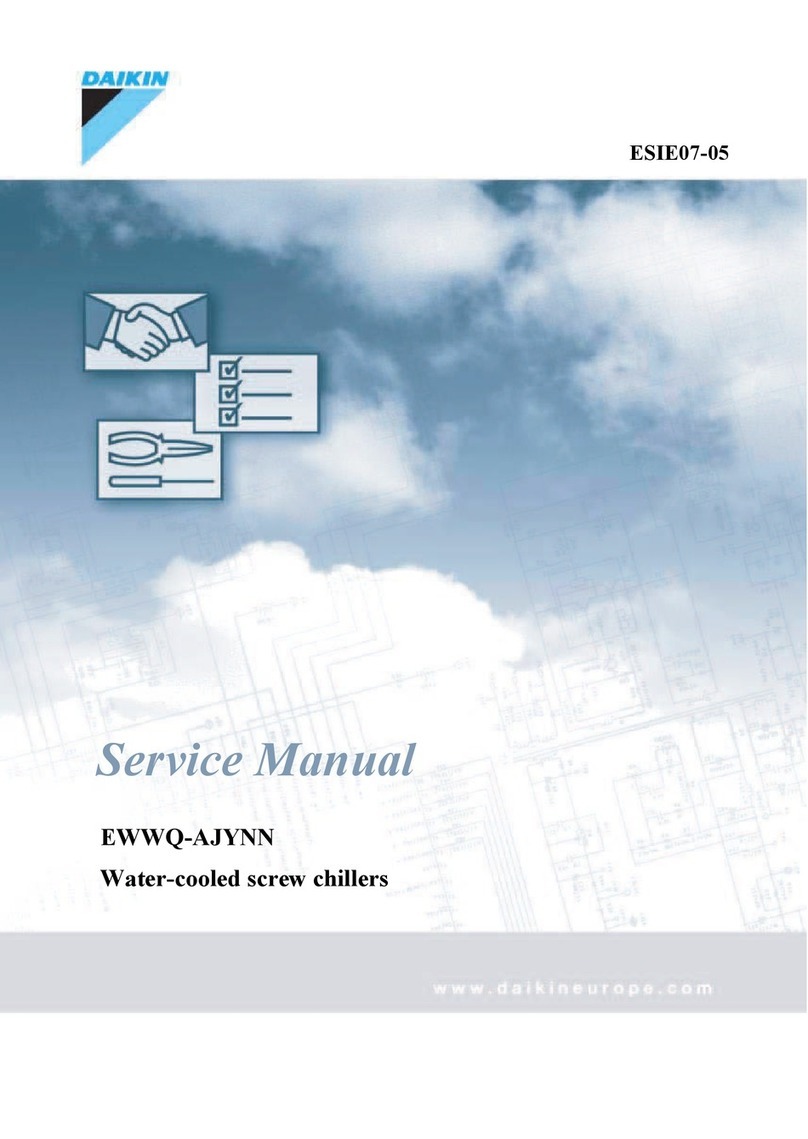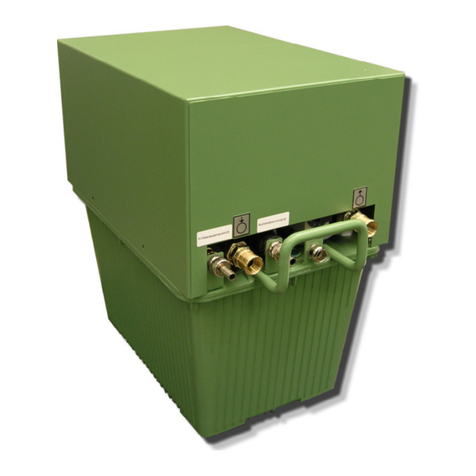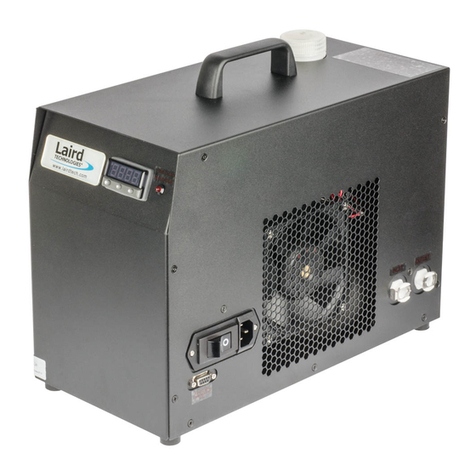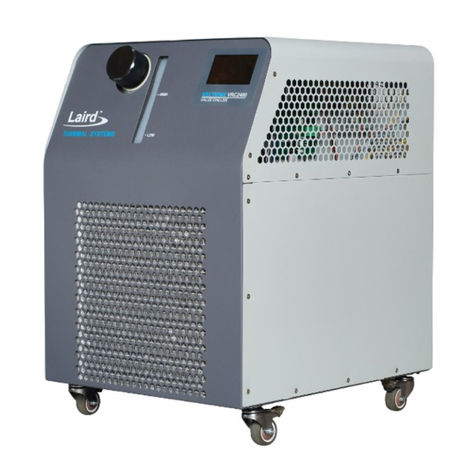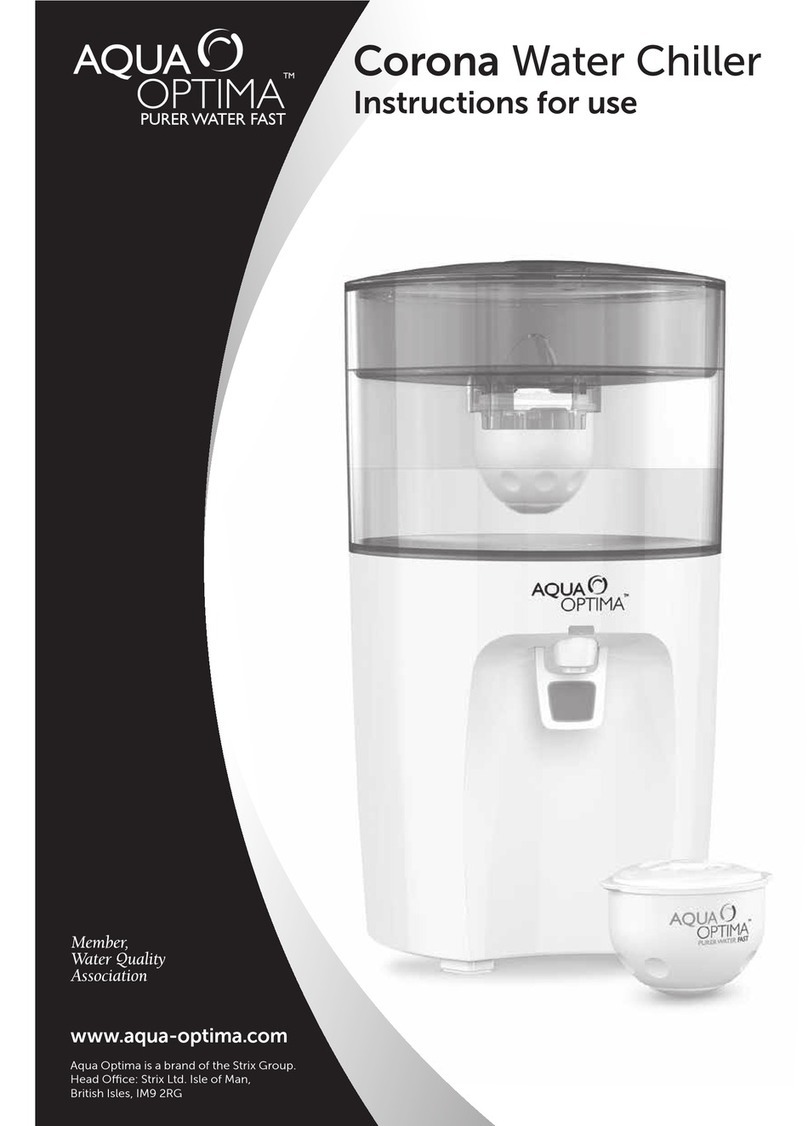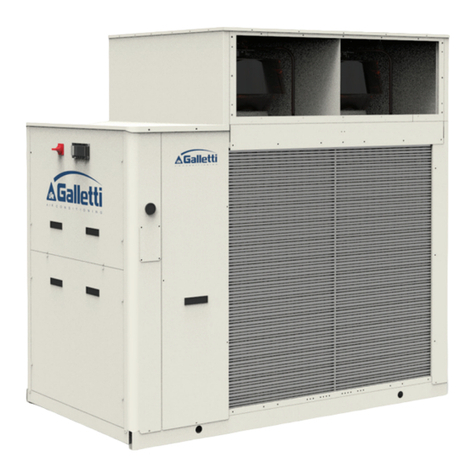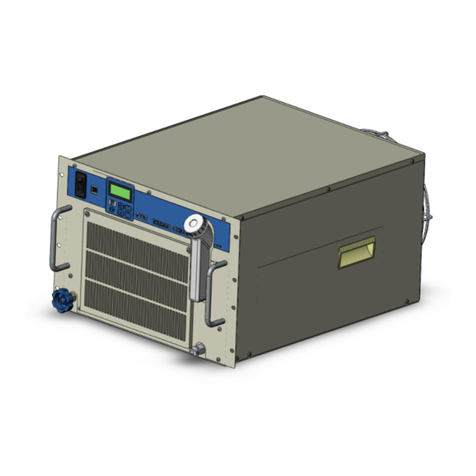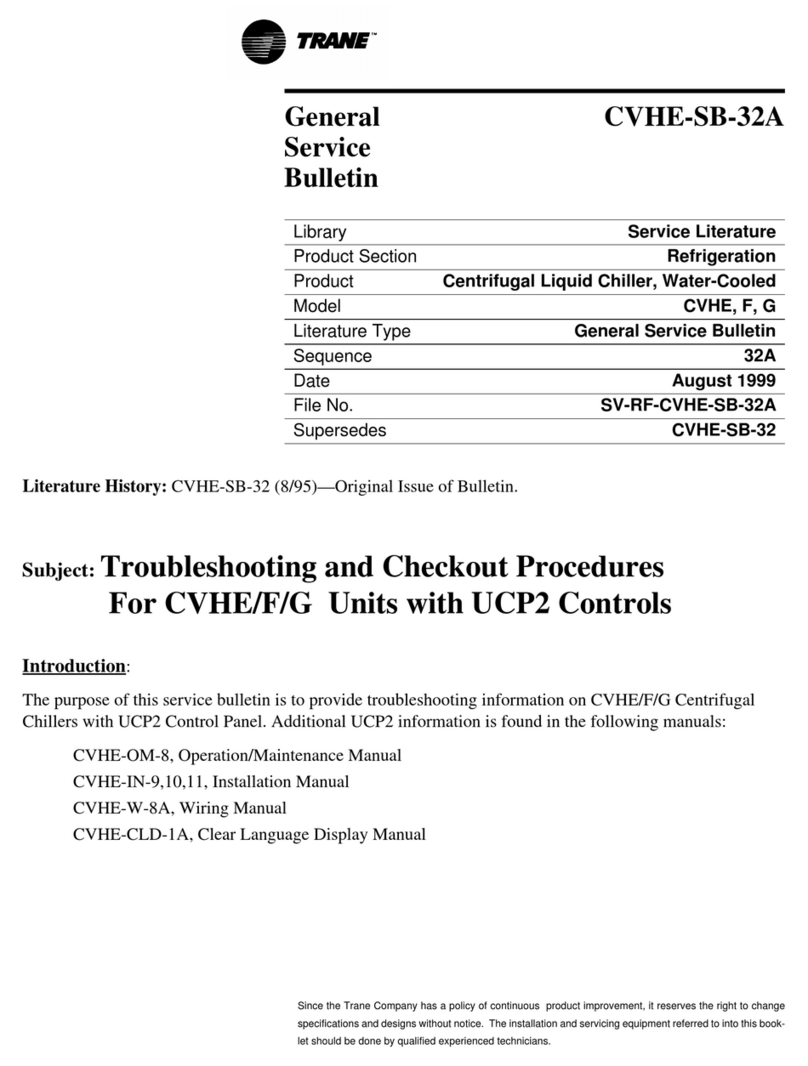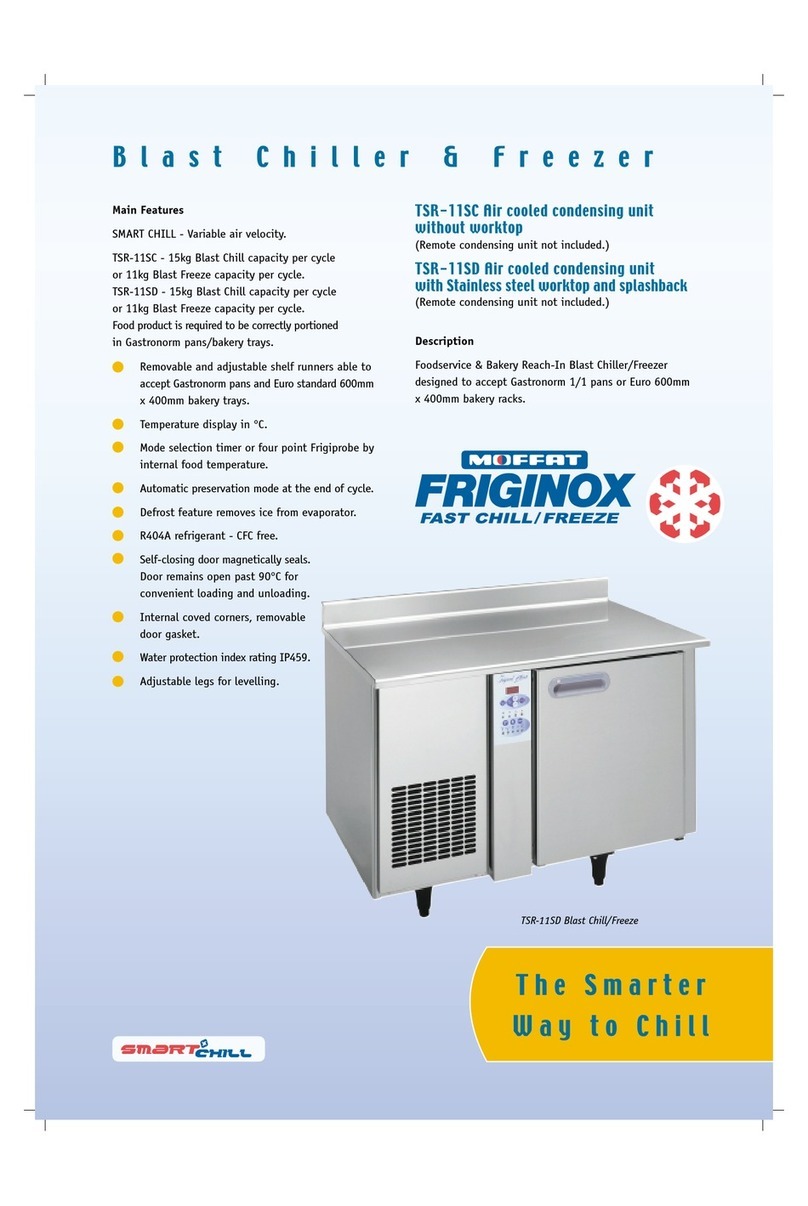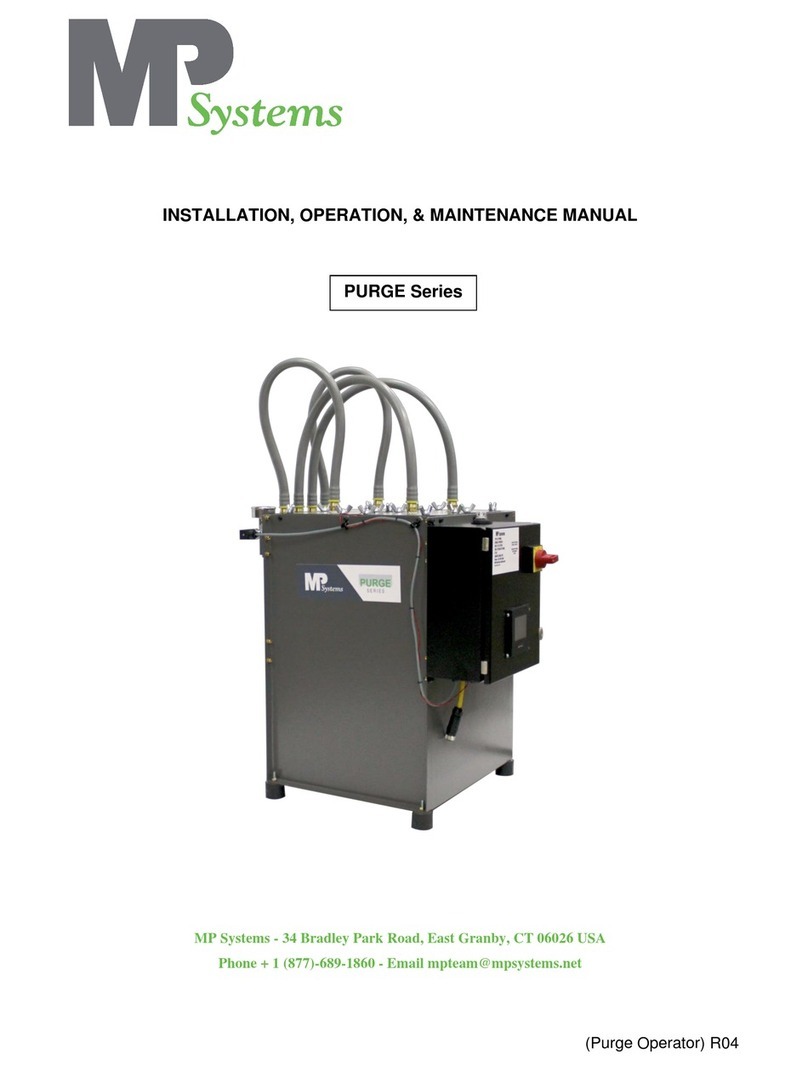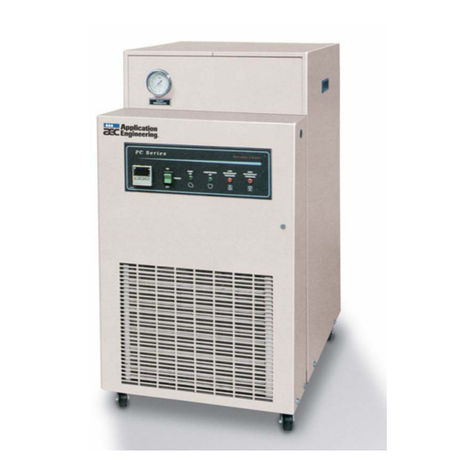
The activities listed Table 1 in may only be performed by personnel with specialized knowledge.
Table 1: Activities and specialized knowledge
Working on mechanical and / or
hydraulic installations
Industrial technician or sufficiently instructed personnel who can work on
the unit under the guidance of the manufacturer’s technical support or
installation instructions
Working on electrical installations
and equipment Skilled and licensed electrician
Working on refrigeration
components and systems Skilled and licensed refrigeration technician
Safety and Signaling Equipment Included in the Unit
The unit is equipped with the following safety equipment:
The maximum pump pressure is limited by a ‘coolant supply high pressure’ alarm condition.
When the coolant supply pressure exceeds a pre-set value, the entire unit is turned off by the
controller. In addition to this, there is a secondary customer configurable maximum pump
pressure alarm. This alarm alerts the customer once the pressure reaches a pre-set value, it
doesn’t turn off the unit. This secondary pressure alarm is ‘Off’ by default.
The maximum current drawn by the pump is limited by a pump overcurrent switch. If the pump
consumes more than allowable limit continuously, the switch opens the circuit and cuts power to
the pump.
The minimum coolant level in the system is detected by a ‘low fluid level’ alarm condition
triggered by an optical level switch. When the coolant level drops below the LOW” level marking
on the front of the chassis, the controller shuts off the entire unit.
Coolant leakage out of the system is detected by the ‘low coolant pressure’ alarm condition.
When the coolant supply pressure sensor detects a pressure below the pre-set value, this alarm
condition is triggered, and the controller shuts off the entire unit
Refrigerant leakage from the unit is detected by a ‘low refrigerant suction pressure’ alarm in the
unit. When the refrigerant suction pressure falls below the pre-set value, the controller shuts off
the entire unit
The maximum pressure in the refrigeration system is limited by a refrigerant high-pressure
switch. This switch is located on the compressor discharge line and switches power from the
main controller to power board. This in turn opens and closes power to the compressor. This
switch opens when the pressure reaches 29.3 bar (425 psi). The switch closes again when the
refrigerant pressure falls below 22.4 bar (325 psi) pressure.
Controller has a freeze protection incorporated into the LCD. The default temperature selection
that can be made is only 10C to 40C, when the coolant selected by the customer is water
(default). Depending on the other coolant options selected the setpoint temperature can be
selected to below 10C value. More details are given under Choosing the Coolant
The coolant supply temperature is monitored by the controller. There are two temperature delta
alarms monitoring this. The low temperature delta alarm alerts the customer if the coolant supply
temperature is not within certain pre specified temperature delta below the temperature set point
in a specified amount of time, after starting the unit or changing the set point. Similarly, the high
temperature delta alarm alerts the customer if the coolant supply temperature is not within certain
pre-specified temperature delta above the temperature set point in a specified amount of time
after starting the unit or changing the set point.
The compressor current drawn is limited by a 30A fuse on NRC1200 and NRC2400 models.
Refer to spare parts for a replacement fuse.
Optional alarm with flow sensor kit option: The circulated coolant flow rate is monitored by a flow
sensor. If the coolant flow rate falls below a pre-specified value by the customer, then the
controller shuts off the entire unit.
